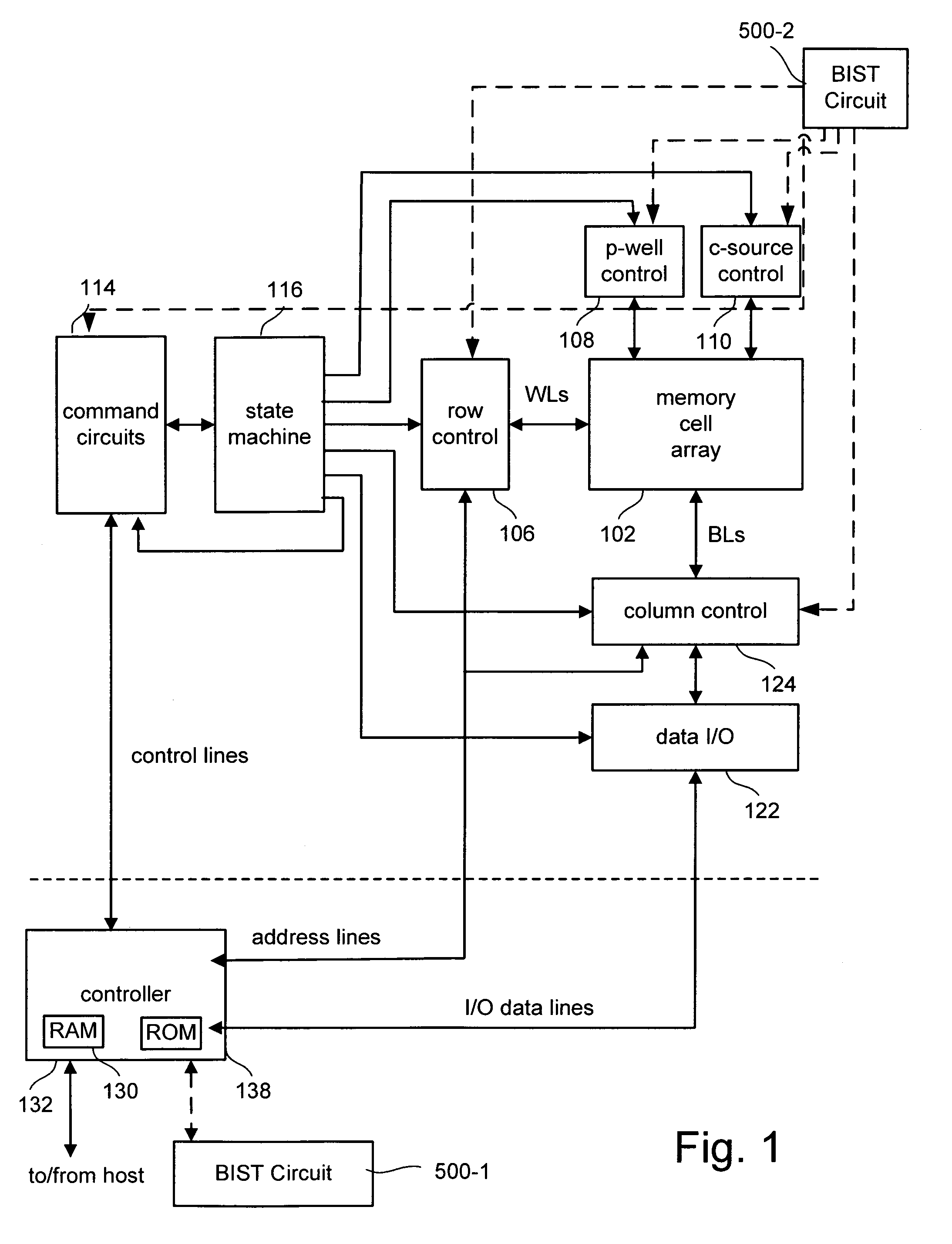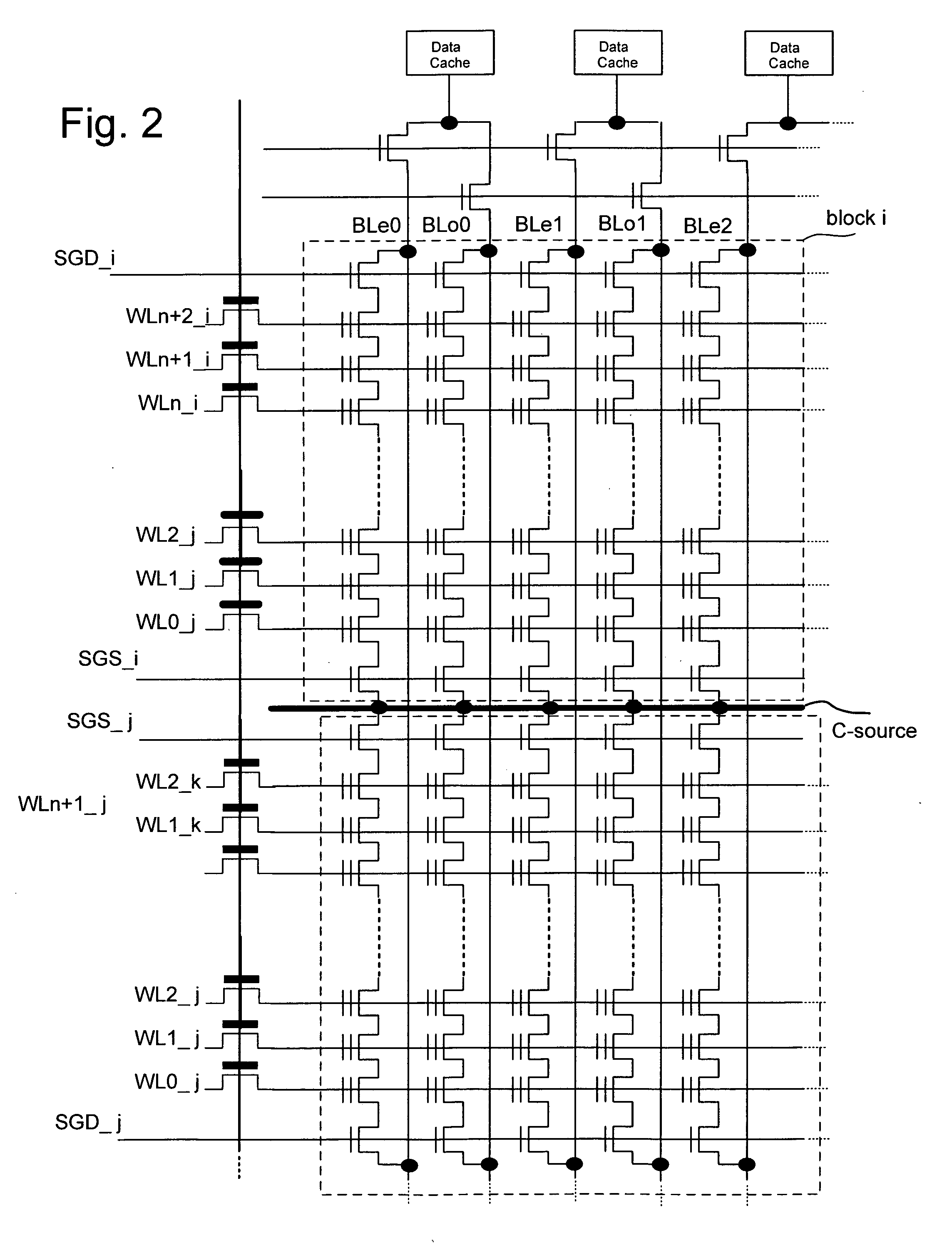Contactless wafer level burn-in
a technology of contactless wafers and burnins, which is applied in the testing/measurement of individual semiconductor devices, semiconductor/solid-state devices, instruments, etc., can solve the problems of short circuit between conductors, manufacturing defects, and excessive thinness of the insulating oxide layer between two conductors in a particular region
- Summary
- Abstract
- Description
- Claims
- Application Information
AI Technical Summary
Benefits of technology
Problems solved by technology
Method used
Image
Examples
Embodiment Construction
[0039] In accordance with the invention, a unique process for ensuring reliability in integrated circuits is provided. The invention provides a system and method for performing tests on a circuit die using an RF signal to deliver control and power to an on-wafer built-in self test (BIST) circuit. One example of a test which may be performed is a burn-in test, described herein. However, it will be understood additional types of tests may be performed using the method of the present invention. The circuit may be provided in the die or an alternative part of the wafer. An on-wafer RF antenna serves as the inductive secondary coil of the RF system which delivers power and instructions to the BIST circuit. Multiple BIST circuits may be provided, with an antenna associated with each circuit. In a further aspect, the antenna may be provided in metal layers in scribe lines separating the various die.
[0040] The invention has applications in various integrated circuit technologies, including...
PUM
 Login to View More
Login to View More Abstract
Description
Claims
Application Information
 Login to View More
Login to View More - R&D
- Intellectual Property
- Life Sciences
- Materials
- Tech Scout
- Unparalleled Data Quality
- Higher Quality Content
- 60% Fewer Hallucinations
Browse by: Latest US Patents, China's latest patents, Technical Efficacy Thesaurus, Application Domain, Technology Topic, Popular Technical Reports.
© 2025 PatSnap. All rights reserved.Legal|Privacy policy|Modern Slavery Act Transparency Statement|Sitemap|About US| Contact US: help@patsnap.com



